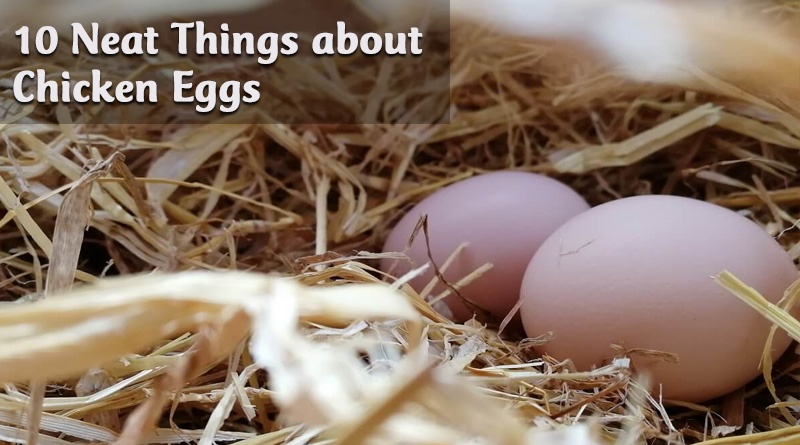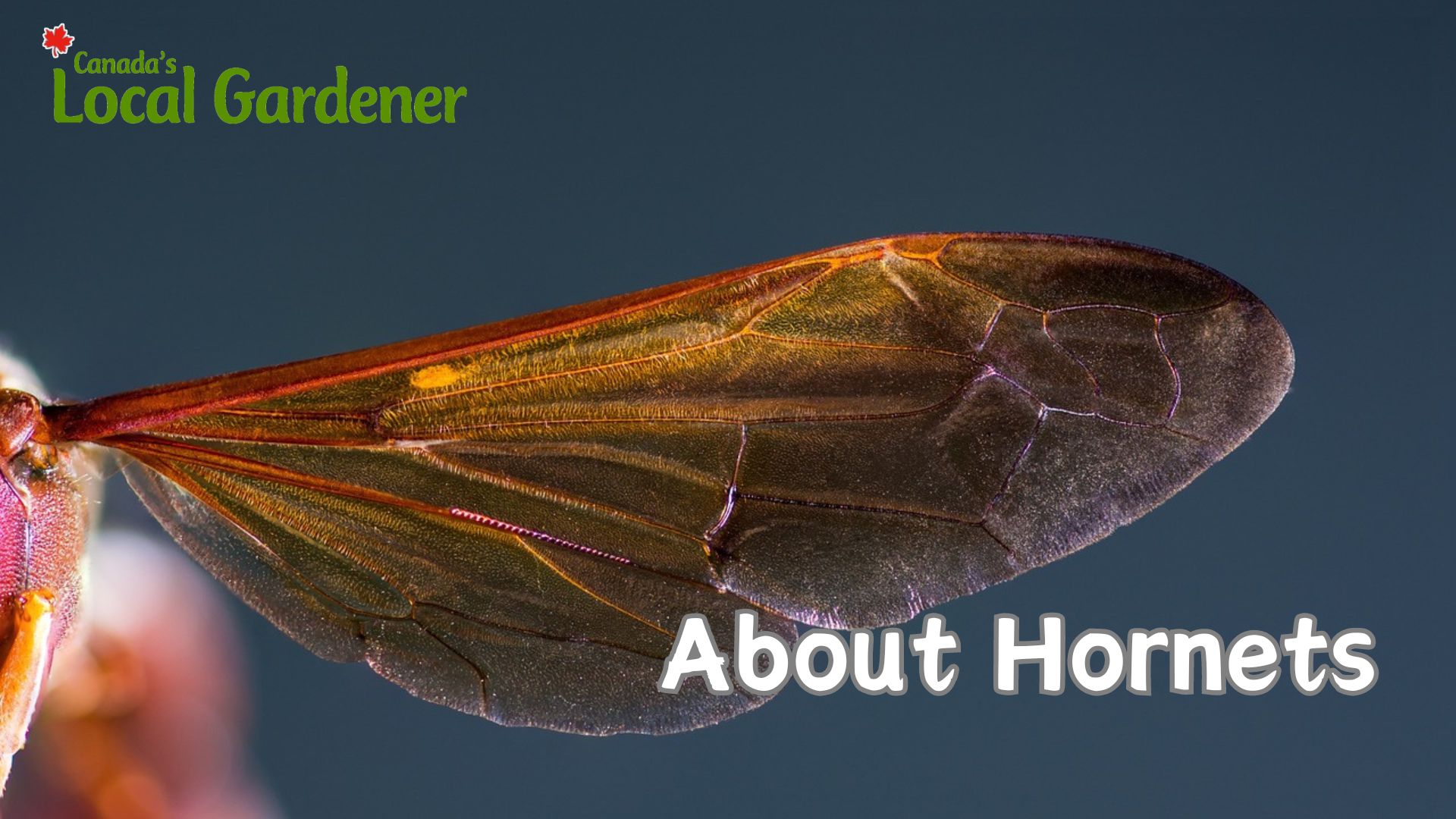About Chicken Eggs
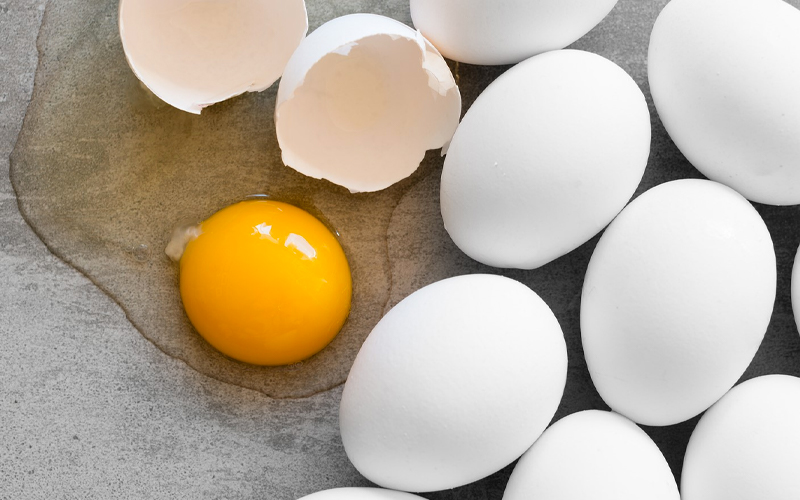
1. No roosters needed.
Most birds don’t lay unfertilized eggs, but chickens do. A hen need never meet a rooster to lay an egg. The hens who lay the eggs that come in your grocery-store cartons will die as unadulterated as the day they hatched. Seriously. Never fear that your commercially produced egg has a partially developed chicken in it.
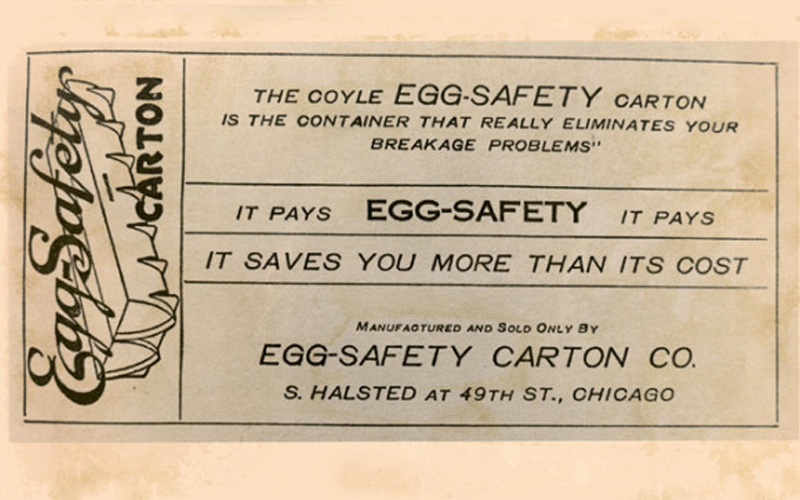
2. Egg cartons.
They’re Canadian! The first egg carton was developed by Joseph Coyle of Buckley, BC, in 1911. He stepped in to solve an argument between a hotelier and an egg-suppling farmer. At first he made them by hand, then he developed machinery. In 1919 he moved to Vancouver to manufacture the cartons in association with United Paper Products.

3. Parts of an egg.
You can already name the shell, the yolk and the white or albumen. An egg also has a membrane, which is a thin layer just inside the shell, and an air cell. You’ve probably noticed these when you hard boil and peel eggs. The air cell is located at the broad end of an egg. And the white squiggles on an egg yolk? Those are chalazae, meant to anchor the yolk in the centre of the egg. The small white spot on an egg yolk is the germinal disc; this is the place where the embryo would start to develop if the egg were fertilized.
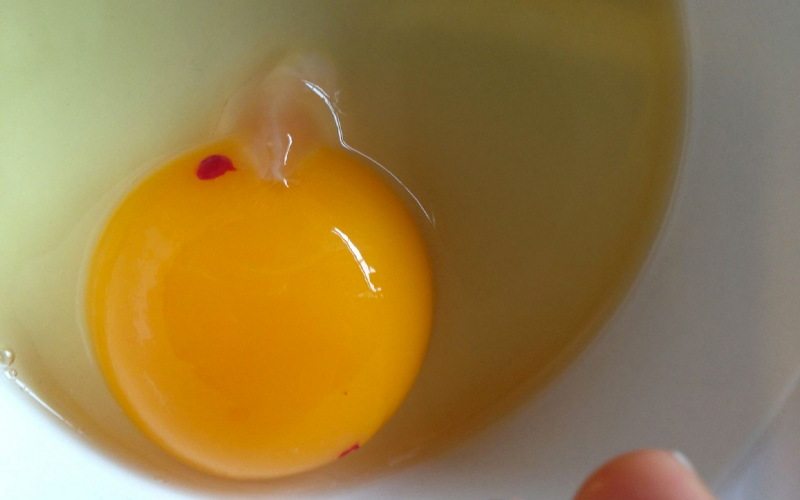
4. Blood spots.
These are no big deal. A blood spot is simply from a small blood vessel rupturing in the chicken while the egg was being formed. A meat spot, which is a little fleshier than a blood spot, is a bit of tissue from the formation. Either is okay to eat. If an egg is completely bloody… I don’t know why that is, because official sites on the Internet don’t mention it. I know it happens because I’ve seen it. I threw the egg out.
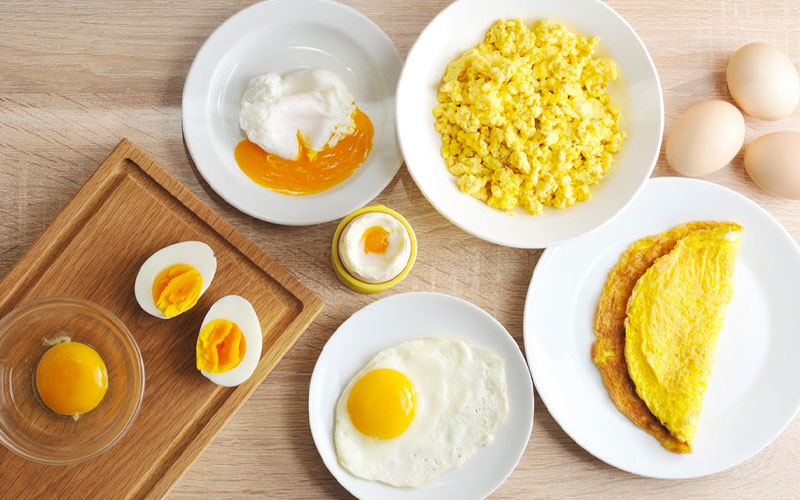
5. Are raw eggs better for you?
Nope, not even if you know there is no salmonella bacteria in them, which would give you severe gastroenteritis. You can absorb only 51 percent of the protein in a raw egg versus 91 percent in a cooked egg.
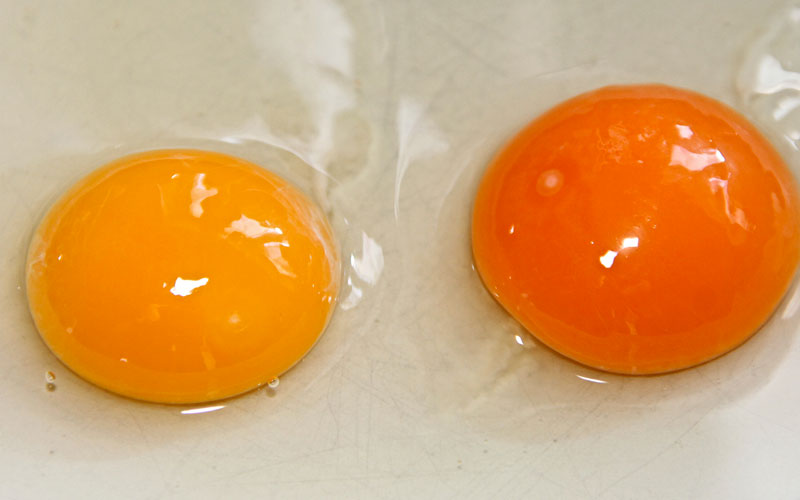
6. Yolk colour.
The colour of an egg yolk depends on what the chicken ate. A diet high in carotenes will produce yolks of a deeper colour, but so can a diet high in xanthophylls. The difference to humans? Carotenes are good for you (Vitamin A) whereas xanthophylls make no difference. As well, a chicken can have a diet rich in Vitamin A without the yellow carotenes and produce an egg yolk that is light in colour but just as nutritious.
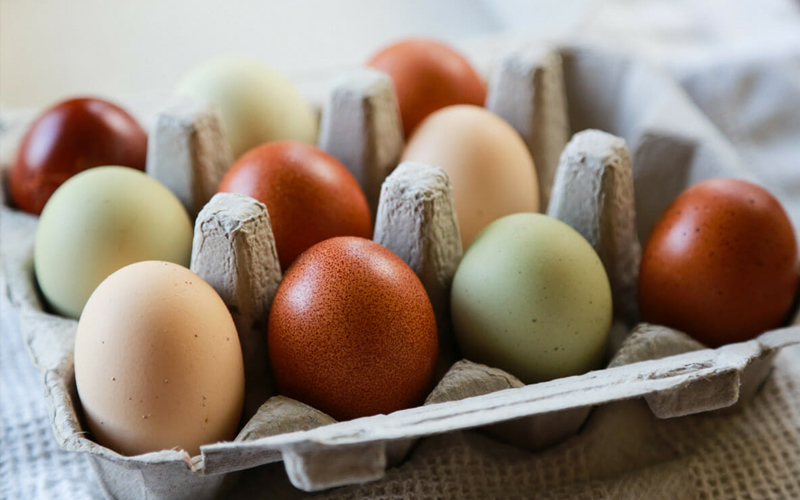
7. Eggshell colour.
The outside colour of an egg has nothing to do with what the chicken ate; it depends on the breed of chicken that laid the egg. In general, chickens with white earlobes lay white eggs and with red earlobes lay brown eggs. There are also blue eggs, laid by Araucana chickens from Chile, and Dongxiang and Lushi chickens from China. A French breed, the Maran, has very dark brown speckled eggs.
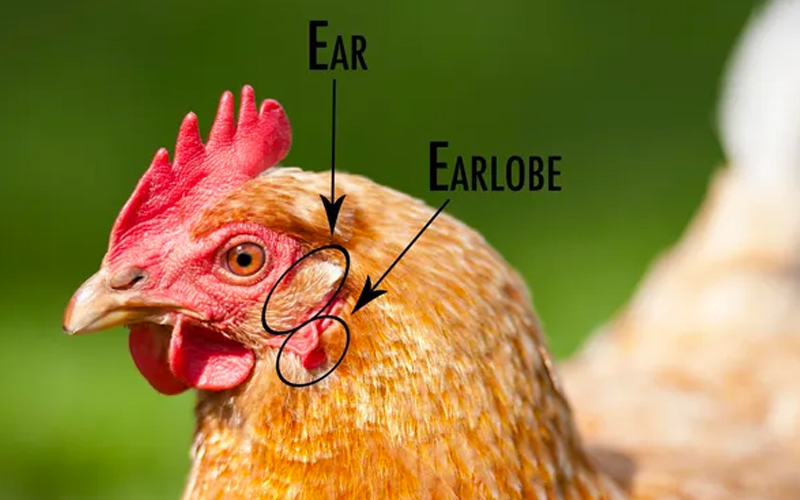
8. Wait… chickens have earlobes?
Yes. If you’re a city slicker like me this may come as a surprise to you, but chickens have wattle-like things on the sides of their heads that are ear lobes.
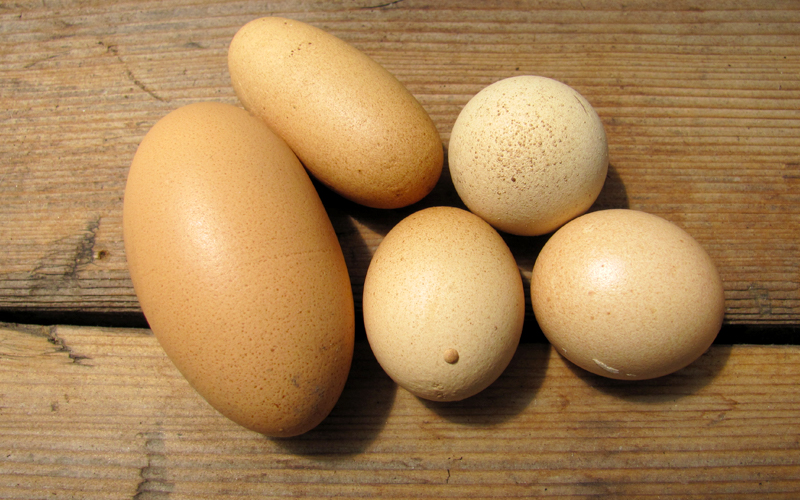
9. Shape of an egg.
An egg’s shape is formed, in part, during laying. Although it seems it would be easier on a hen for the narrow end to come out first, it is the wide end of an egg that exits first.
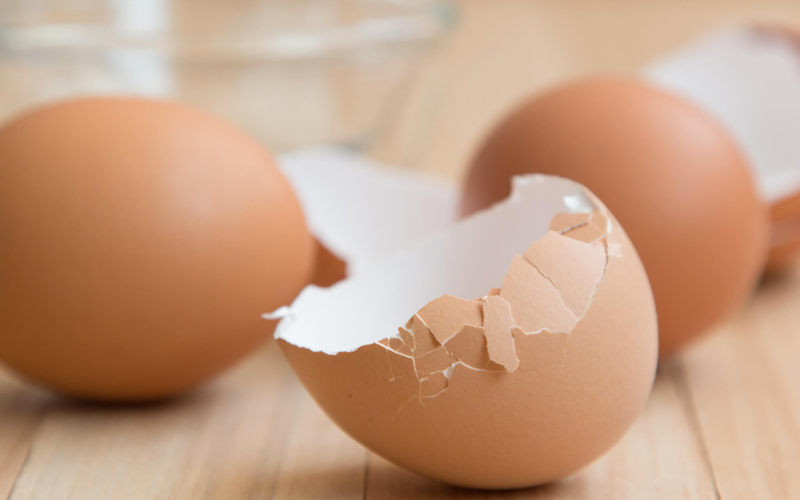
10. Edible shells.
Egg shells are edible, and high in calcium. The reason we don’t eat them is because a broken eggshell is hard and sharp, but if you grind them up, they are good to go. If you choose to do this at home, cook the shells first to ensure they don’t harbour bacteria.
-Shauna Dobbie Copyright©
Pegasus Publications Inc.
You can download a printable copy, just click here.



